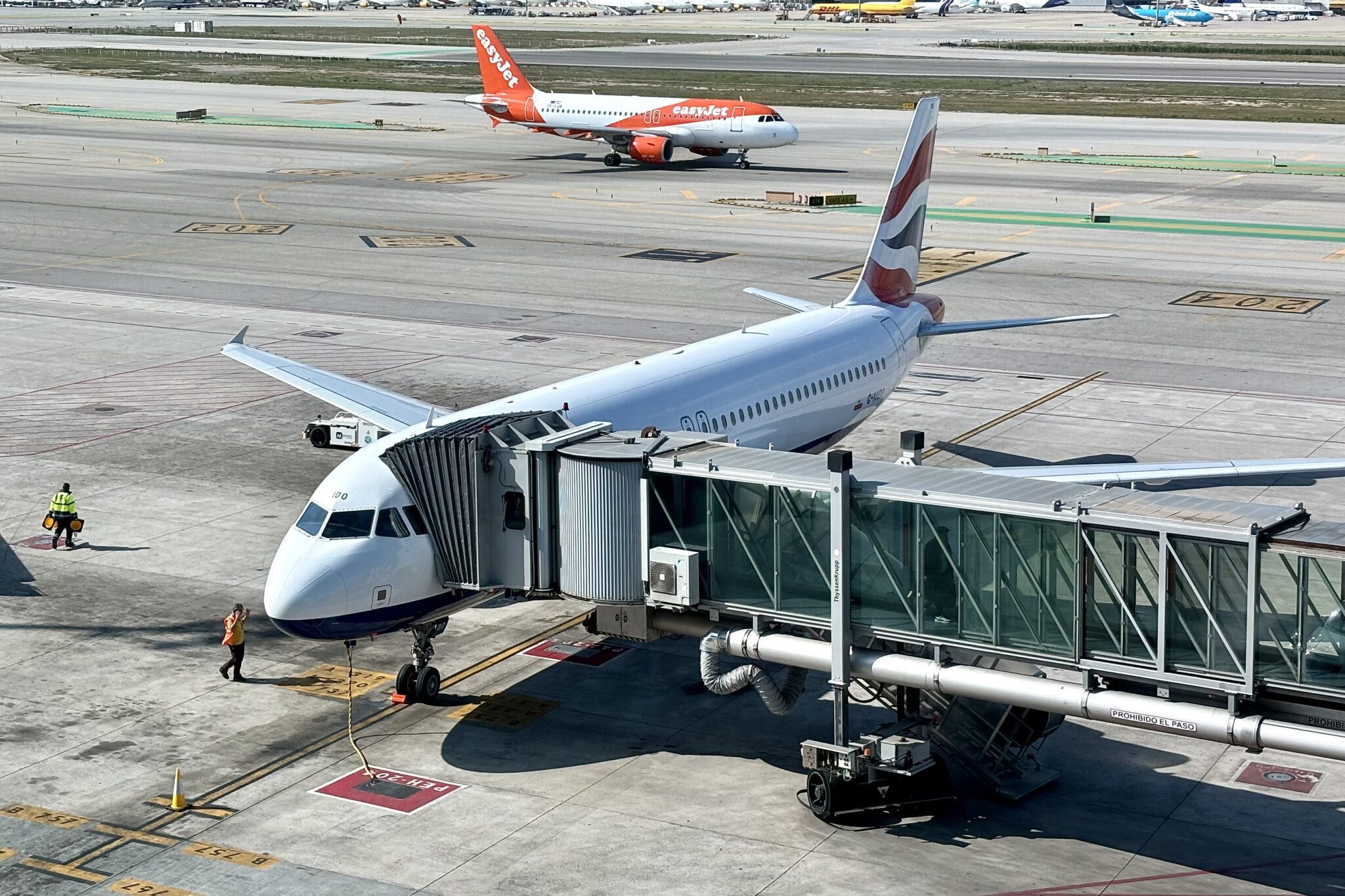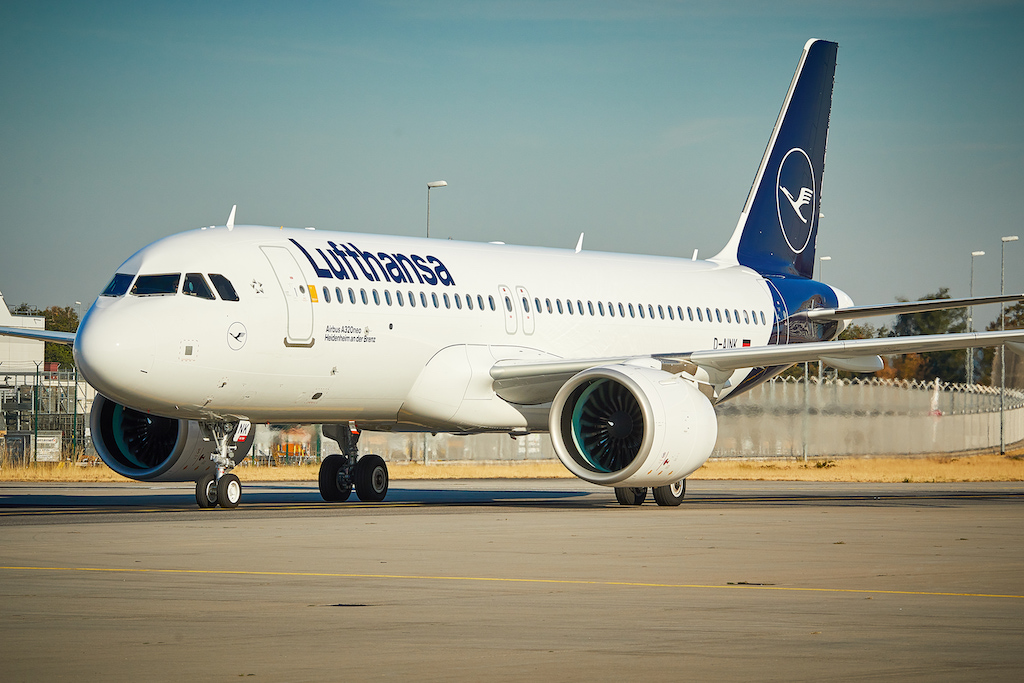Delta Air Lines took advantage of a unique opportunity last year. As other airlines struggled with surging travel demand, the Atlanta-based carrier used the capacity it was flying to grab share in several of its most competitive hubs.
“We wanted to maintain and increase our shares in the coastal gateways because without that, our opportunity for growth in the future is somewhat limited,” Delta President Glen Hauenstein said at an investor event in December.
And that’s what the airline did. It began this year larger in terms of seats in Boston, New York, and Seattle than it was in 2019, according to Diio by Cirium schedules. All three, plus Los Angeles, benefit from big investments by Delta, including multi-billion dollar new terminals or facilities in Los Angeles, New York, and Seattle. These markets are clearly where the airline plans to grow in the years to come.
But what about Delta’s core? The recovery of its core hubs — Atlanta, Detroit, Minneapolis-St. Paul, and Salt Lake City — was postponed amid operational challenges that forced the airline and others to fly less than hoped during the second half of last year. Those challenges included airline staffing, particularly of pilots, air traffic control constraints, and aircraft delivery delays.
That plan, owing to many of the same operational constraints that affected the airline industry last year, remains at the gate. It faces, in industry parlance, a rolling delay.
“Aviation infrastructure is still fragile,” Delta CEO Ed Bastian said during a first-quarter earnings call earlier in April.
Seats at three of the carrier’s core hubs remain down from 2019 levels through at least the third quarter. Atlanta is down 8.1 percent in the second quarter and 2.9 percent in the third; Detroit 18 percent and 16 percent; and Minneapolis-St. Paul 11 percent and 8.5 percent, Diio schedules show. Seats in Salt Lake City, owing in part to the surge in demand for outdoor-oriented destinations in the West during the pandemic, are roughly flat in the June quarter, and up 3 percent in the September quarter.
The recovery of these hubs is key to Delta’s financial recovery. Growth at its coastal gateways, while strategically important, comes at lower yields than what the carrier can generate from passengers connecting over its core. As Hauenstein described it in December, it’s “the core engine that fuels the profits” at Delta.
And Delta needs to recover those higher-yielding flow travelers to hit its financial targets, which include recovering to pre-pandemic operating margin levels in 2024. The airline averaged a 14.5 percent annual operating margin from 2015 through 2019. Costs are up, way up in fact, in part due to inflation but also from the pricey new pilot contract that was ratified in March. That contract cost Delta a one-time $864 million in the first quarter, and is expected to contribute several points of additional unit costs, or costs per available seat mile (CASM), excluding fuel growth for the duration of the year.
Unit costs excluding fuel at Delta were up 4.7 percent year-over-year in the first quarter, or 21 percent compared to 2019 levels. The airline forecasts a further 1-3 percent year-over-year increase in the second quarter, or a roughly 22 percent jump from before the pandemic.
To be clear, total unit revenues, or total revenue per available seat mile (TRASM), is also up. In the first quarter, the metric was up 23 percent year-over-year, and 16 percent compared to 2019. But, as Delta sees it, those numbers will get better when it restores its core.
Restoring Delta’s core hubs will also help ease the cost pain. The added flights will increase aircraft utilization, which has remained stubbornly below pre-pandemic levels to date, and allow for “better use of our facilities and our people,” Chief Financial Officer Dan Janki said earlier in April. That should allow for a “step down” in unit costs excluding fuel growth during the second half of the year.
Of course, we heard the same story from Delta — and many other airlines — early in 2022. The year was to mark the end of recovery with 2023 set to be a growth year, numerous executives said. That did not happen due to the previously mentioned operational challenges that reared their head in a bad way last spring.





